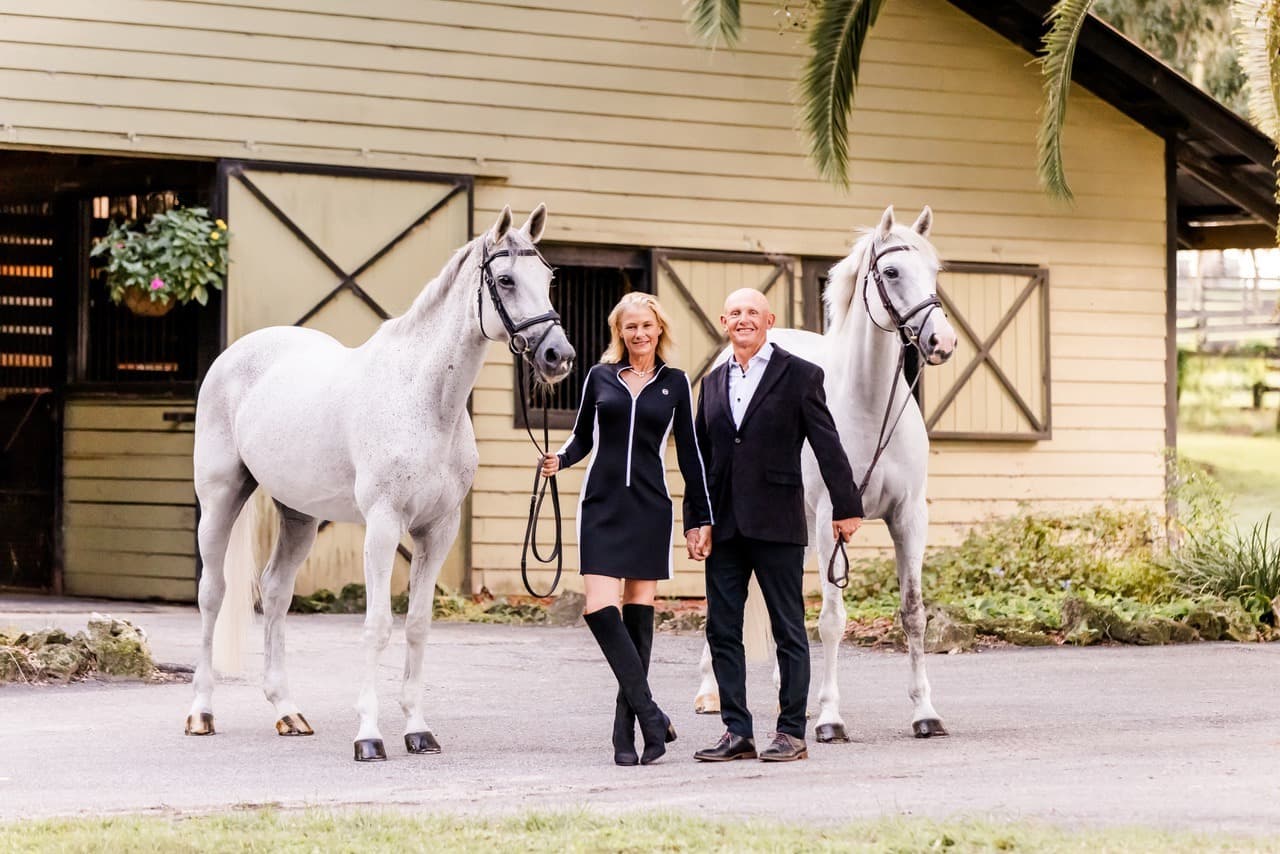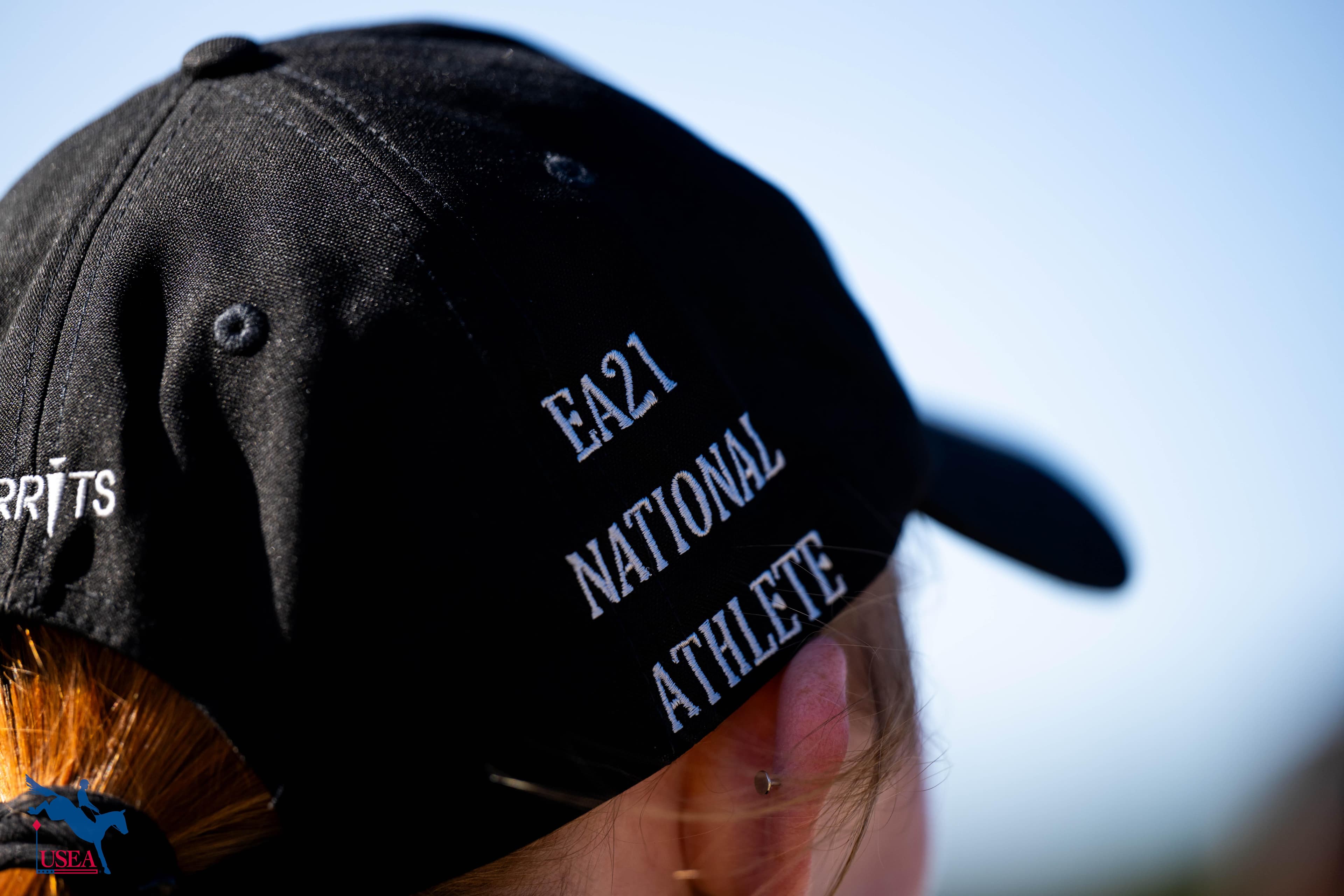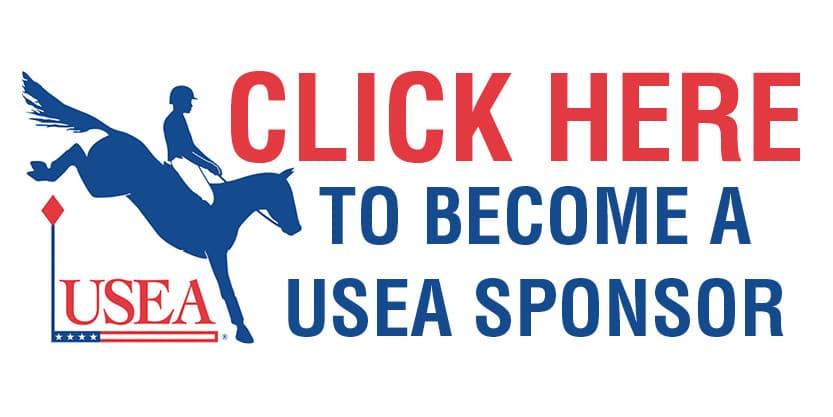Top 10 Tips for a Successful Jump Chute with Martin Douzant
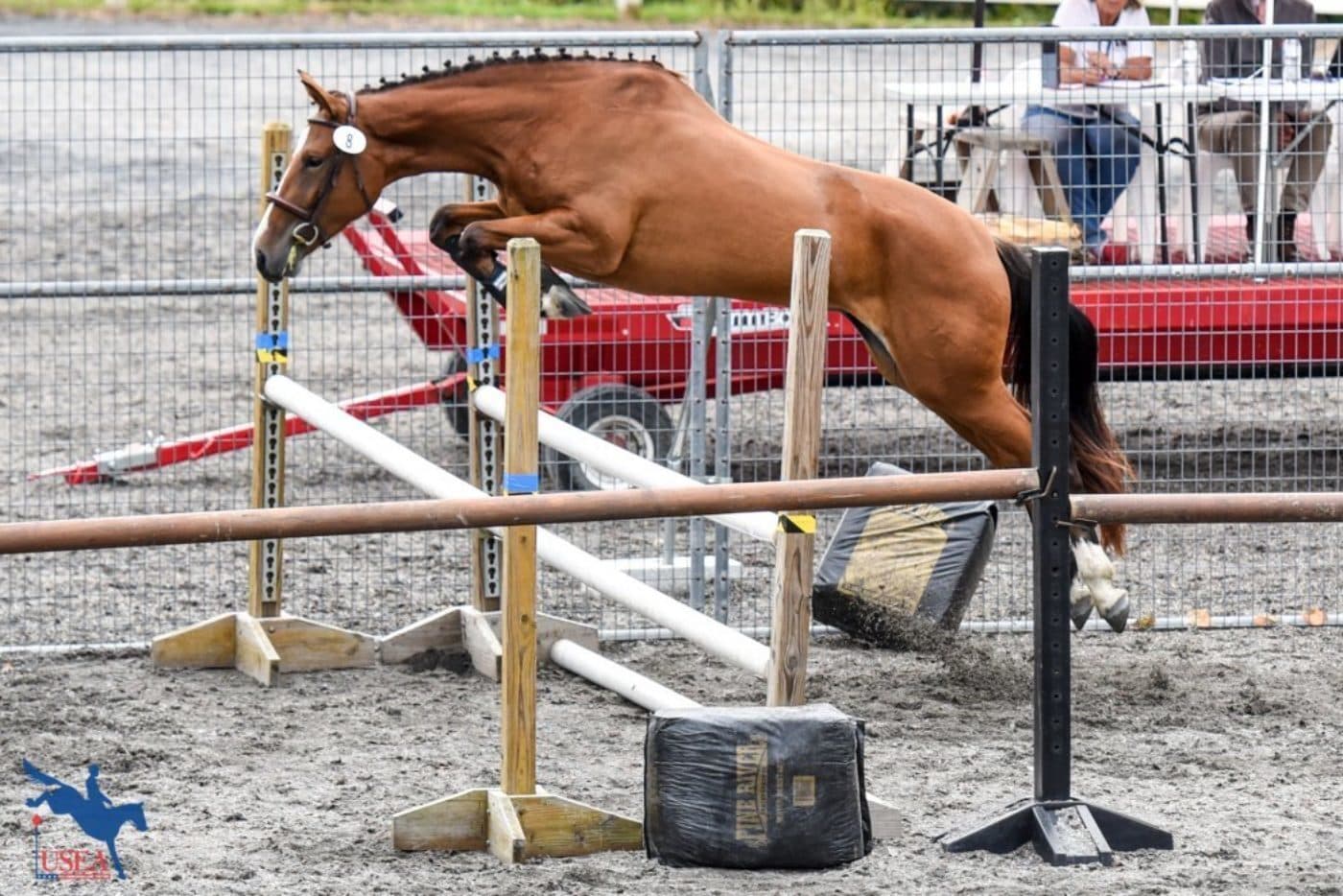
In a jump chute, much can be seen on how a horse uses himself while jumping. Their natural jumping ability, instincts, scope, power, stride, adjustability, and reaction time all come into play. When done right, the jump chute helps teach horses how to jump properly but when done wrong, the jump chute can cause more harm than good.
Martin Douzant of The Frame Sport Horses advises to always err on the side of caution when raising the height of jumps in the jump chute. “If the horse jumps through the chute well twice in a row, give them a pat and call it a day,” said Douzant. “The goal is to teach the horse how to jump safely and with a good technique.” Douzant, who is the designated jump chute handler for the 2019 USEA Future Event Horse (FEH) Championships, gives his top 10 tips for a safe and successful jump chute.
Martin Douzant’s 10 Jump Chute Tips
- Assemble a team of 3-5 people to help make the experience a success. You should have one person handling the horse, another at the turn into the chute, and another at the jump with a whip. Additional people can help with catching the horse after they go through the chute.
- Come prepared with gloves and a helmet. It’s also best to wear safe running shoes as wearing boots with spurs can be a safety hazard.
- Try to keep the jump chute area not too big and without any corners. A 20’ x 40’ oval is perfect. If you don’t have a small area readily available, simply create one with jump standards and poles.
- The outside rail of the jump chute needs to be high enough so that the horse doesn’t think that jumping out is an option. We suggest a solid wall at least 6.5 feet tall.
- The inside rail of the jump chute also needs to be high. This can be constructed with jump standards and poles. We suggest using a minimum of 2-3 poles in each section to create a faux wall on the inside of the chute.
- The jumps need to be plain, but clear. Don’t just use a single rail. Build something up using a few rails or un-intimidating filler. The goal is to give the horse a good understanding of the height and width of the jump.
- Use safety jump cups. If the horse misjudges a jump, the poles should easily fall down to help avoid any injury.
- Try to avoid using chain shanks during the jump chute process. The easiest thing to do is have a “release rope” that slides through the halter making it easy to release your horse at the entrance to the jump chute.
- Prior to trying a jump chute clinic for the first time, the horse needs to have good ground manners and basic training. It’s best if the horse has a basic understanding of lunging and has a correct response to the lunge whip (i.e. they need to be comfortable with the whip and understand that they need to go forward).
- Don’t be tempted to jump too big, too quickly. The goal is NOT to jump the standards. The goal is to teach your horse how to jump safely and with a good technique. Horses, especially young ones, can lose their confidence quickly, so always err on the side of caution and don’t be greedy. After your basic warm-up through the chute, if your horse jumps through the chute well twice in a row, give them a pat and call it a day.
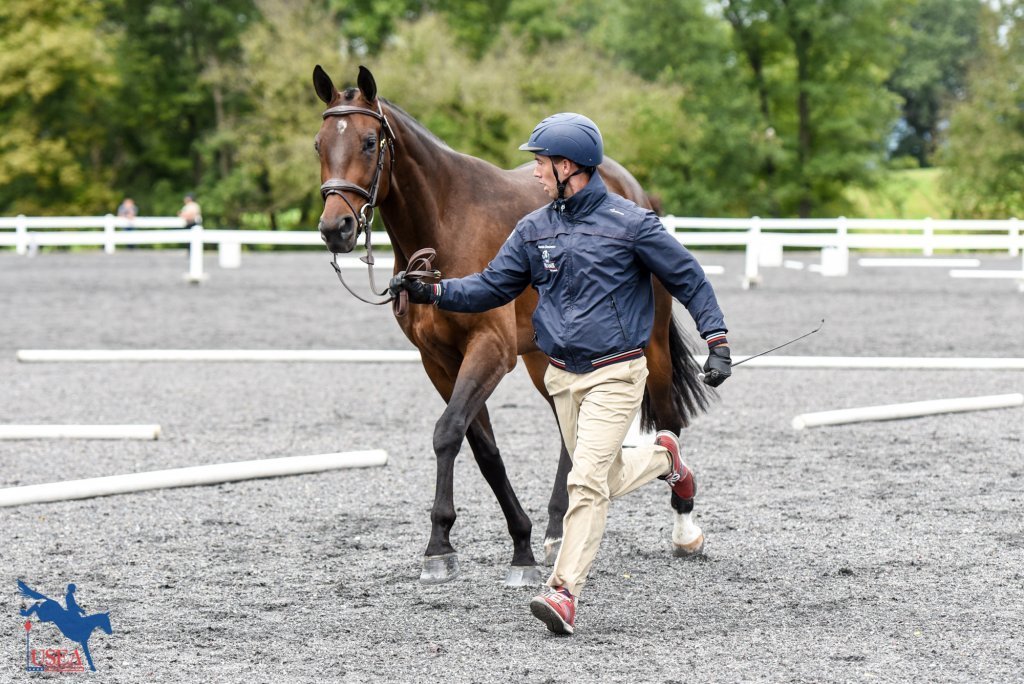
The USEA Future Event Horse Program utilizes a jump chute at FEH Championships. The horses in the 3-year-old and 4-year-old age groups are given the opportunity to perform the jump chute up to six times, building to maximum height as they go, while keeping safety of paramount importance. If a horse is ever over-faced, the judges will make the call to either let the horse be finished or have the fences lowered for a final, confidence-boosting jump line. For 3-year-olds, the maximum height of the first fence is 2’7”, the second is 2’9”, and the last fence is 3’3” in the front and 3’7” in back. For 4-year-olds, the maximum height increases by a couple of inches with the first fence at 2’9”, the second fence at 3’ 3”, and the last fence is 3’7” in front and 3’9” in the back. The USEA strongly recommends that a horse has experience in a jump chute prior to championships. Jump chute clinics are great opportunities for horses of any age to practice free jumping. Find a jump chute clinic on www.eventclinics.com.
The FEH Championship entries are open and you can enter through Xentry! The FEH West Coast Championships will be at Twin Rivers Ranch on September 19, 2019. The FEH Central Championships will be at Snowdonia Farms on September 26, 2019. The FEH East Coast Championship will be at Loch Moy Farm on September 28-29, 2019. Click here for FEH qualified horses.
About the USEA Future Event Horse Program
The USEA introduced the Future Event Horse Program in 2007 in response to the popularity of the already established USEA Young Event Horse Program. Where the YEH program assesses 4- and 5-year-old prospective event horses based on their performance, the FEH program evaluates yearlings, 2-year-olds, 3-year-olds, and 4-year-olds for their potential for the sport based on conformation and type. Yearlings, 2-year-olds, and 3-year-olds are presented in-hand while 4-year-olds are presented under saddle at the walk, trot, and canter before being stripped of their tack and evaluated on their conformation. Divisions are separated by year and gender. At the Championships, 3-year-olds and 4-year-olds are also required to demonstrate their potential over fences in an additional free-jump division. Click here to learn more about the Future Event Horse Program.
The USEA would like to thank Bates Saddles, SmartPak, Standlee Hay Company, and C4 Belts for sponsoring the Future Event Horse Program.


